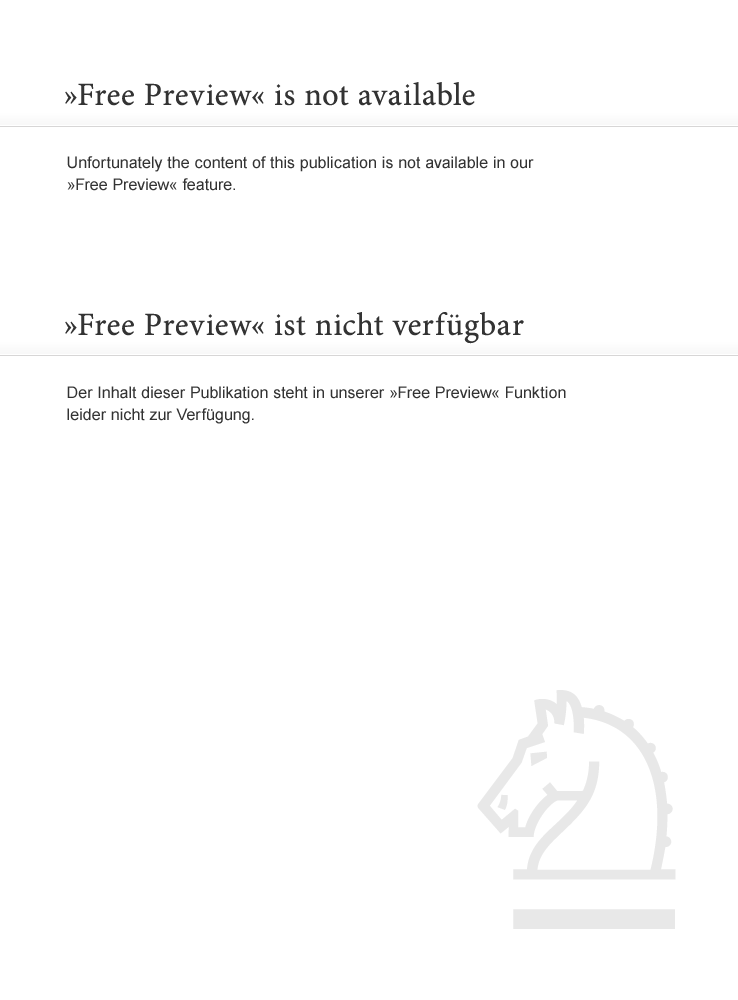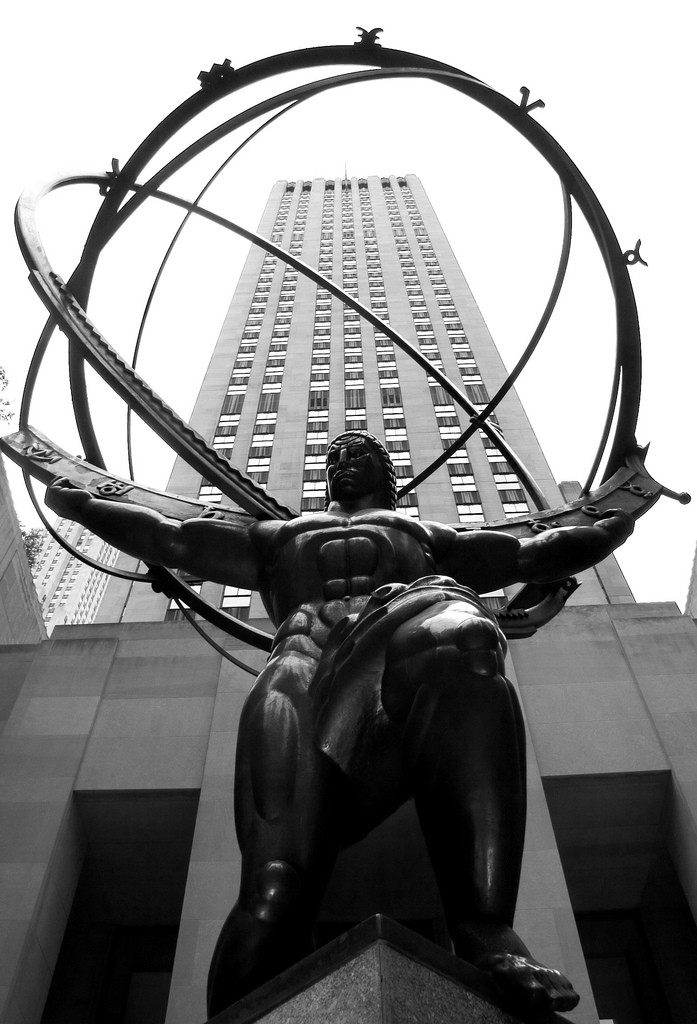O NEILL S PHILOSOPHY PAGE DERIVATIVES
Post on: 2 Июль, 2015 No Comment

DERIVATIVES
Derivatives are generally placed in the realm of advanced or technical investing, but there is no reason why they should remain a mystery to common investors. This article will use a simple story of a fictional farm to explore the mechanics of derivatives.
 
The Definition
Derivatives are financial products with value that stems from an underlying asset or set of assets. These can be stocks, debt issues, or almost anything. A derivatives value is based on an asset, but ownership of a derivative doesnt mean ownership of the asset.
We will look at some examples.
 
The Future of Healthy Hen Farms
Gail, the owner of Healthy Hen Farms, is worried about the volatility of the chicken market with all the sporadic reports of bird flu coming out of the east. Gail wants a way to protect her business against another spell of bad news. Gail meets with an investor who enters into a futures contract with her.
The investor agrees to pay $30 per bird when the birds are ready for slaughter, say, in six months time, regardless of the market price. If, at that time, the price is above $30, the investor will get the benefit as he or she will be able to buy the birds for less than market cost and sell them onto the market at a higher price for a gain.
If the price goes below $30, then Gail will be receiving the benefit because she will be able to sell her birds for more than the current market price, or what she would have gotten for the birds in the open market.
By entering into a futures contract. Gail is protected from price changes in the market, as she has locked in a price of $30 per bird. She may lose out if the price flies up to $50 per bird on a mad cow scare, but she will be protected if the price falls to $10 on news of a bird flu outbreak.
By hedging with a futures contract, Gail is able to focus on her business and limit her worry about price fluctuations. (For related reading, see A Beginners Guide To Hedging .)
Gail has decided that its time to take Healthy Hen Farms to the next level. She has already acquired all the smaller farms near her and is looking at opening her own processing plant. She tries to get more financing, but the lender. Lenny, rejects her.
The reason is that Gail financed her takeovers of the other farms through a massive variable-rate loan and the lender is worried that, if interest rates rise, Gail wont be able to pay her debts. He tells Gail that he will only lend to her if she can convert the loan to a fixed-rate. Unfortunately, her other lenders refuse to change her current loan terms because they are hoping interest rates will increase too.
Gail gets a lucky break when she meets Sam, the owner of a chain of restaurants. Sam has a fixed-rate loan about the same size as Gails and he wants to convert it to a variable-rate loan because he hopes interest rates will decline in the future.
For similar reasons, Sams lenders wont change the terms of the loan. Gail and Sam decide to swap loans. They work out a deal by which Gails payments go toward Sams loan and his go toward Gails loan. Although the names on the loans havent changed, their contract allows them both to get the type of loan they want. (To learn more, read An Introduction To Swaps .)
This is a bit risky for both of them because if one of them  defaults or goes bankrupt, the other will be snapped back into his or her old loan, which may require a payment for which either Gail of Sam may be unprepared. But it allows for them to modify their loans to meet their individual needs.
Lenny, Gails financier, ponies up the additional capital at a favorable interest rate and Gail goes away happy. Lenny is pleased as well because his money is out there getting a return, but he is also a little worried that Sam or Gail may fail in their business.
To make matters worse, Lennys friend Dale comes to him asking for money to start his own film company. Lenny knows Dale has a lot of collateral and that the loan would be at a higher interest rate because of the more volatile nature of the movie industry, so hes kicking himself for loaning all his capital to Gail.

Fortunately for Lenny, derivatives offer another solution. Lenny spins Gails loan into a credit derivative and sells it to a speculator at a discount to the true value. Although Lenny doesnt see the full return on the loan, he gets his capital back and can issue it out again to his friend Dale.
Lenny likes this system so much that he continues to spin out his loans as credit derivatives, taking modest returns in exchange for less risk of default and more liquidity . 
Years later, Healthy Hen Farms is a publicly traded corporation (the ticker symbol is (obviously) HEN) and is Americas largest poultry producer. Gail and Sam are both looking forward to retirement.
Over the years, Sam bought quite a few shares of HEN. In fact, he has more than $100,000 invested in the company. Sam is getting nervous because he is worried that some shock, another case of bird flu for example, might wipe out a huge chunk of his retirement money. Sam starts looking for someone to take the risk off his shoulders. Lenny, financier extraordinaire and an active  writer of options, agrees to give him a hand.
Lenny outlines a deal in which Sam pays Lenny a fee to for the right (but not the obligation) to sell Lenny the HEN shares in a years time at their current price of $25 per share. If the share prices plummet, Lenny protects Sam from the loss of his retirement savings.
Lenny is OK because he has been collecting the fees and can handle the risk. This is called a put option. but it can be done in reverse by someone agreeing to buy a stock in the future at a fixed price (called a call option ). (For more insight, read the Options Basics tutorial.)
The Happy Ending
Healthy Hen Farms remains stable until Sam and Gail have both pulled their money out for retirement. Lenny profits from the fees and his booming trade as a financier.
In this ideal tale, you can see how derivatives can move risk (and the accompanying rewards) from the risk averse to the risk seekers. Although Warren Buffett once called derivatives, financial weapons of mass destruction, derivatives can be very useful tools, provided they are used properly. Like all other financial instruments, derivatives have their own set of pros and cons, but they also hold unique potential to enhance the functionality of the the overall financial system.
by Andrew Beattie. ( Contact Author | Biography ) Andrew Beattie is a freelance writer and self-educated investor. He worked for Investopedia as an editor and staff writer before moving to Japan in 2003. Andrew still lives in Japan with his wife, Rie. Since leaving Investopedia, he has continued to study and write about the financial worlds tics and charms. Although his interests have been necessarily broad while learning and writing at the same time, perennial favorites include economic history, index funds, Warren Buffett and personal finance. He may also be the only financial writer who can claim to have read The Encyclopedia of Business and Finance cover to cover.














